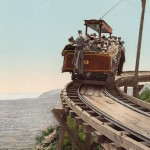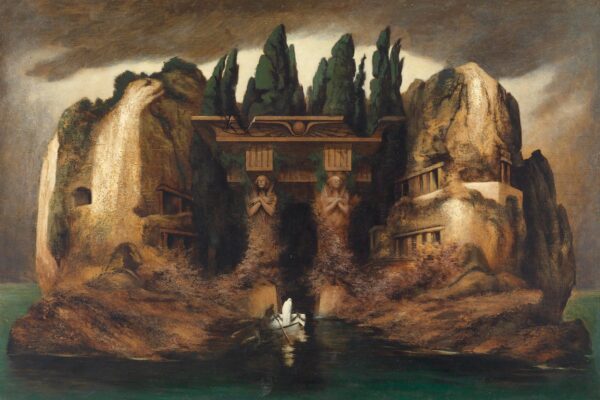1. The Last Lighthouse Keeper in America
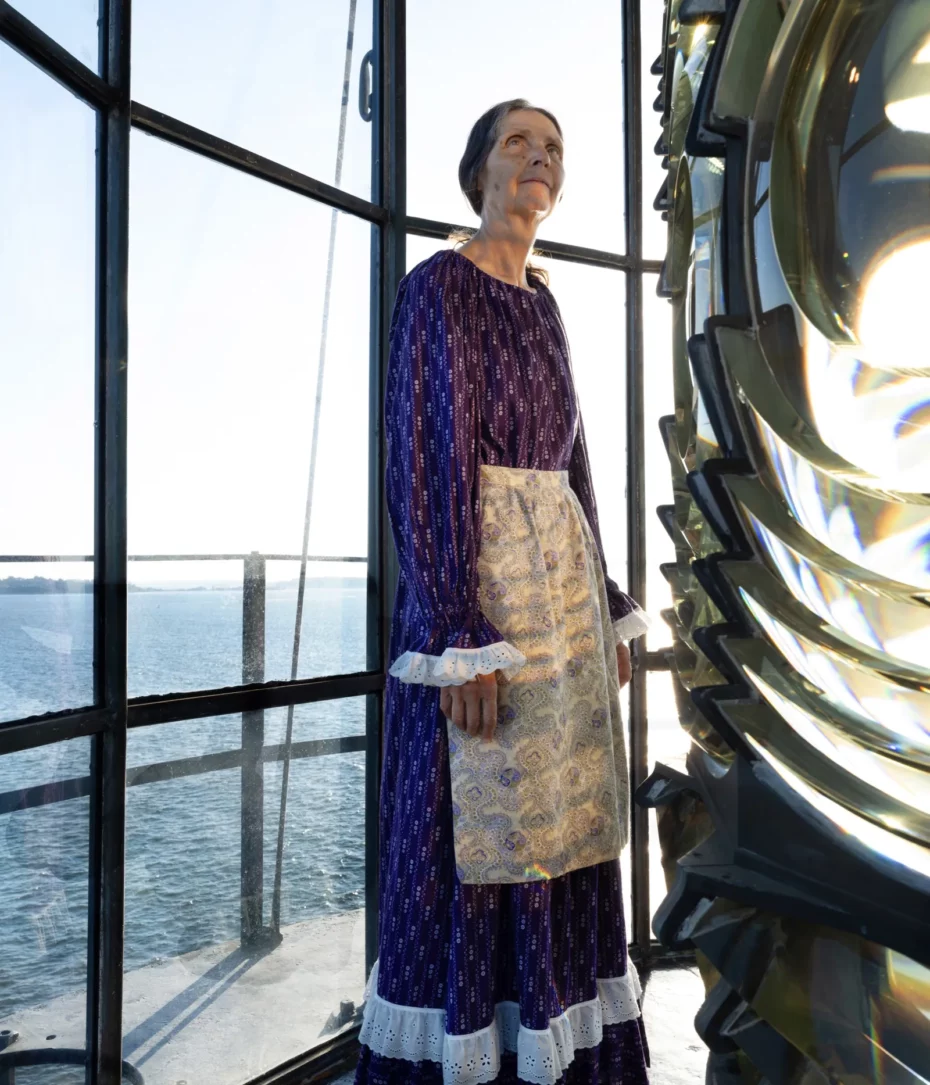
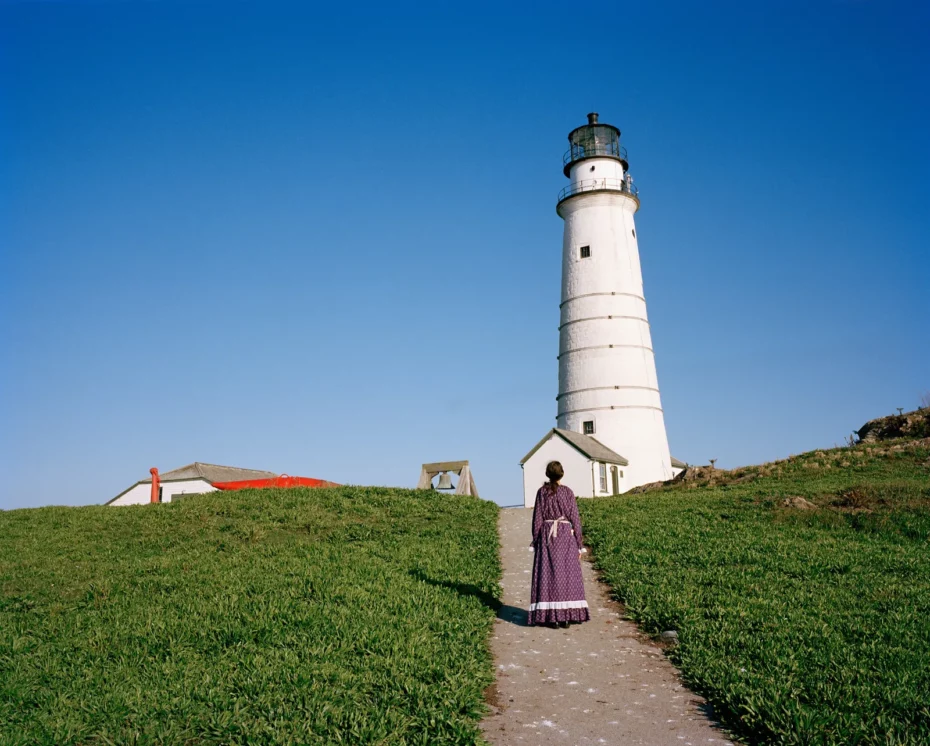
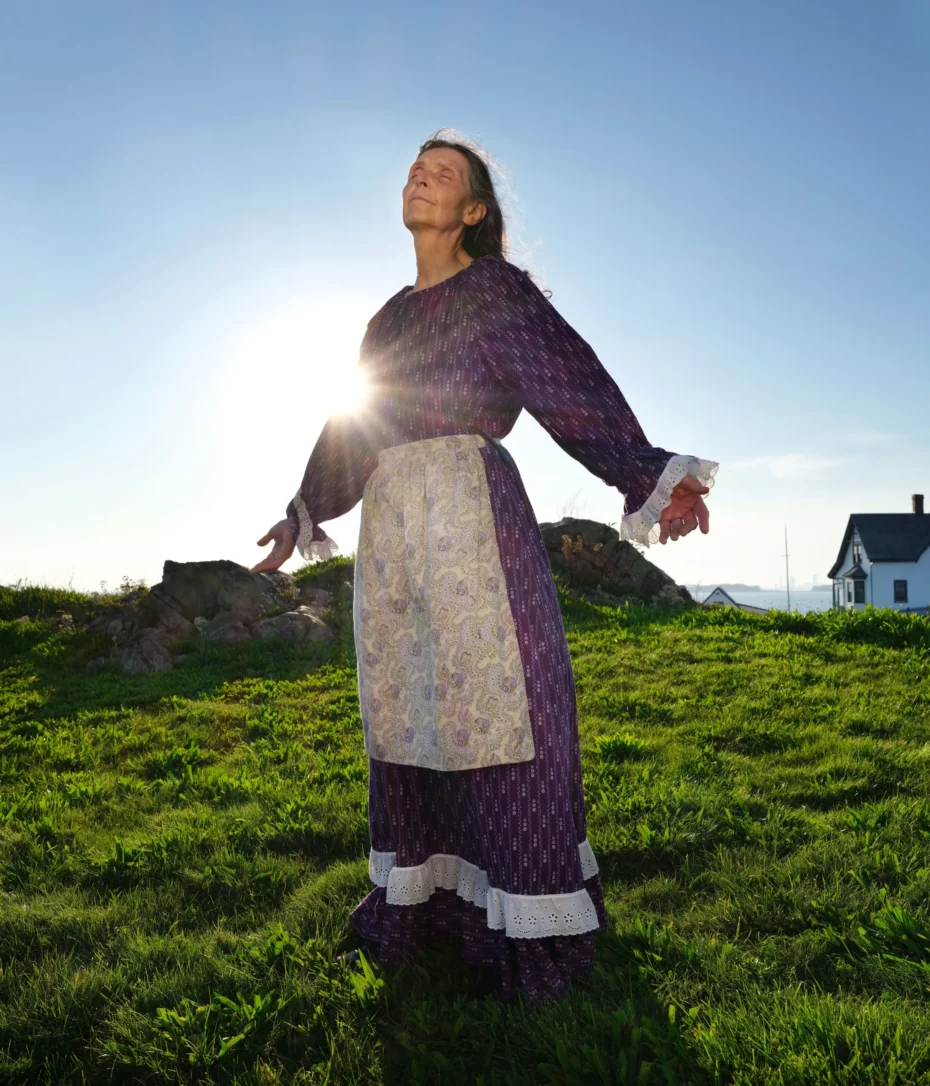
Sally Snowman is the last official lighthouse keeper in America. Boston Light, which was opened in 1716, was the first lighthouse in the American colonies. Snowman, 72, is set to retire in December. When she does, the profession will go dark.
Read the article on The New Yorker.
2. Forget Retirement. ‘Granfluencers’ are gaining celebrity as social media stars instead

Granfluencers (arguably the only kind of influencers who’ve got the life experience to call themselves influencers) are gaining major platforms on TikTok, Instagram and YouTube—and making big money doing so.
Full article on The Wall Street Journal.
3. Mrs. Warther with her Collection of 50,000 Buttons
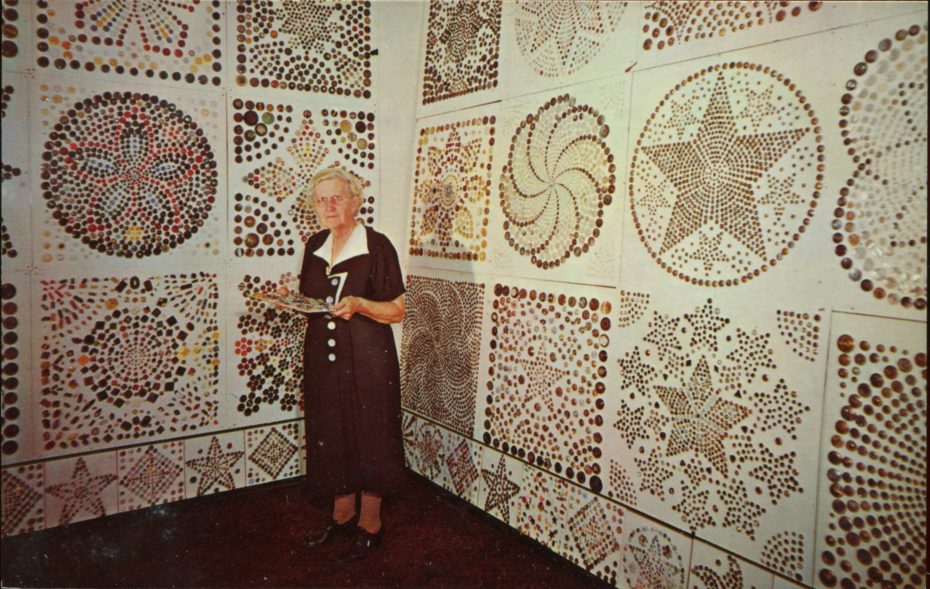
Photographer at the Warther Museum, Dover, Ohio, found on Flickr.
4. This Collection of 18th century doll houses
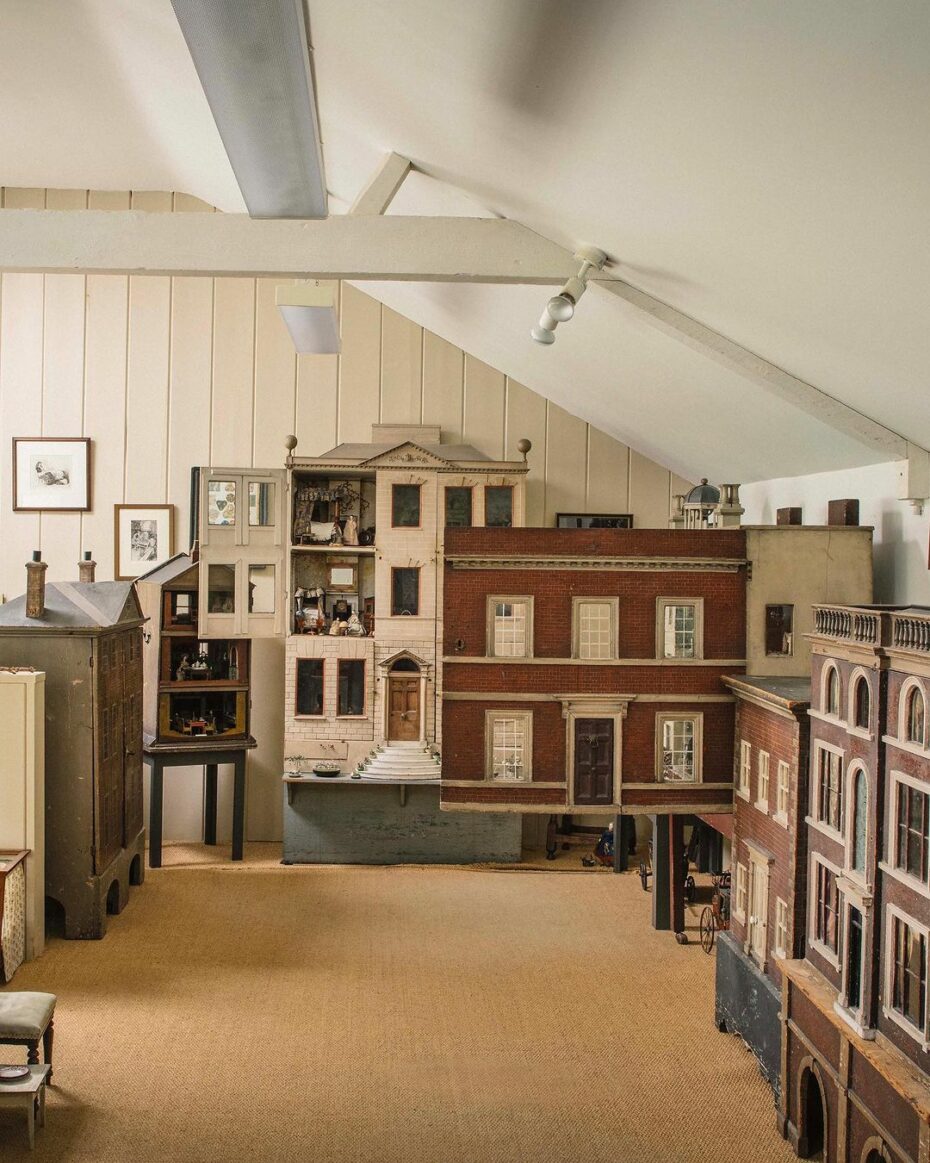
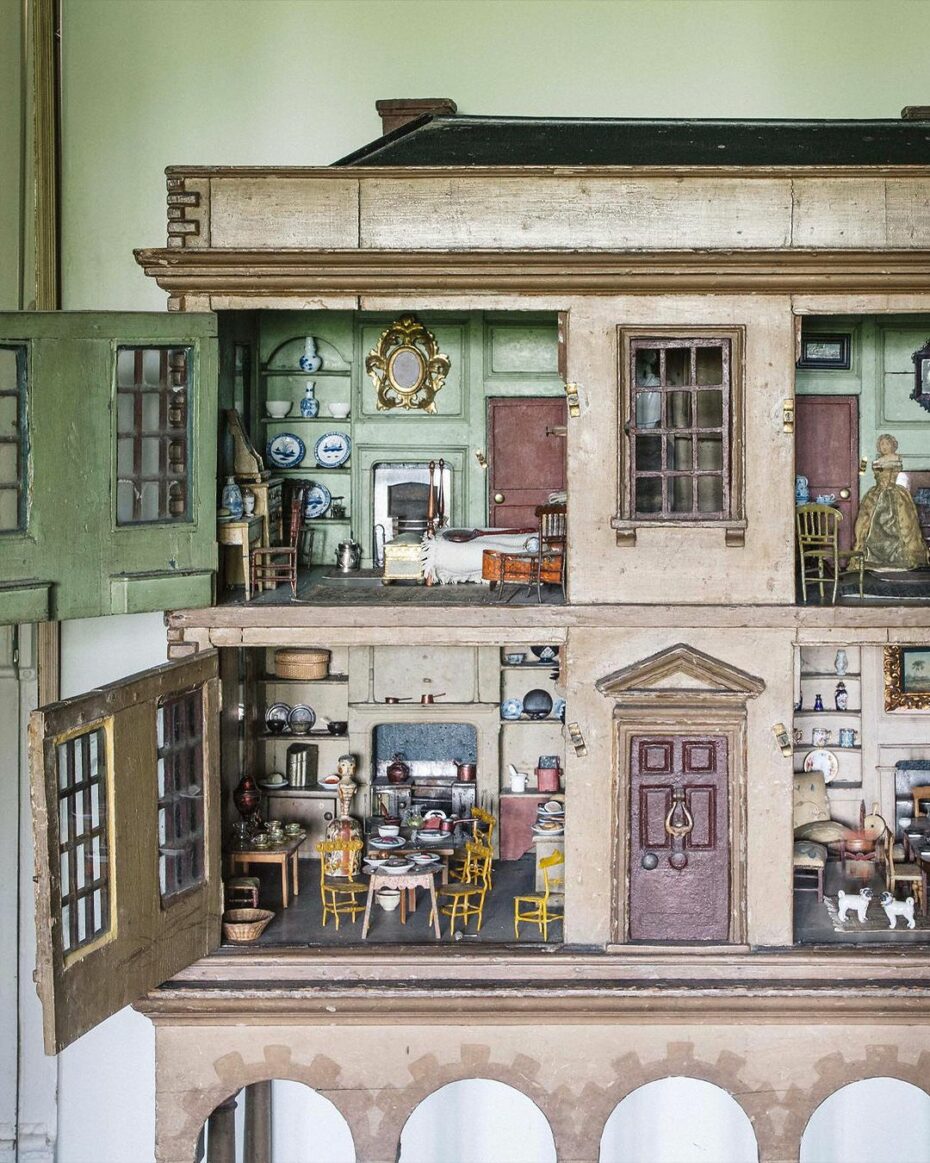
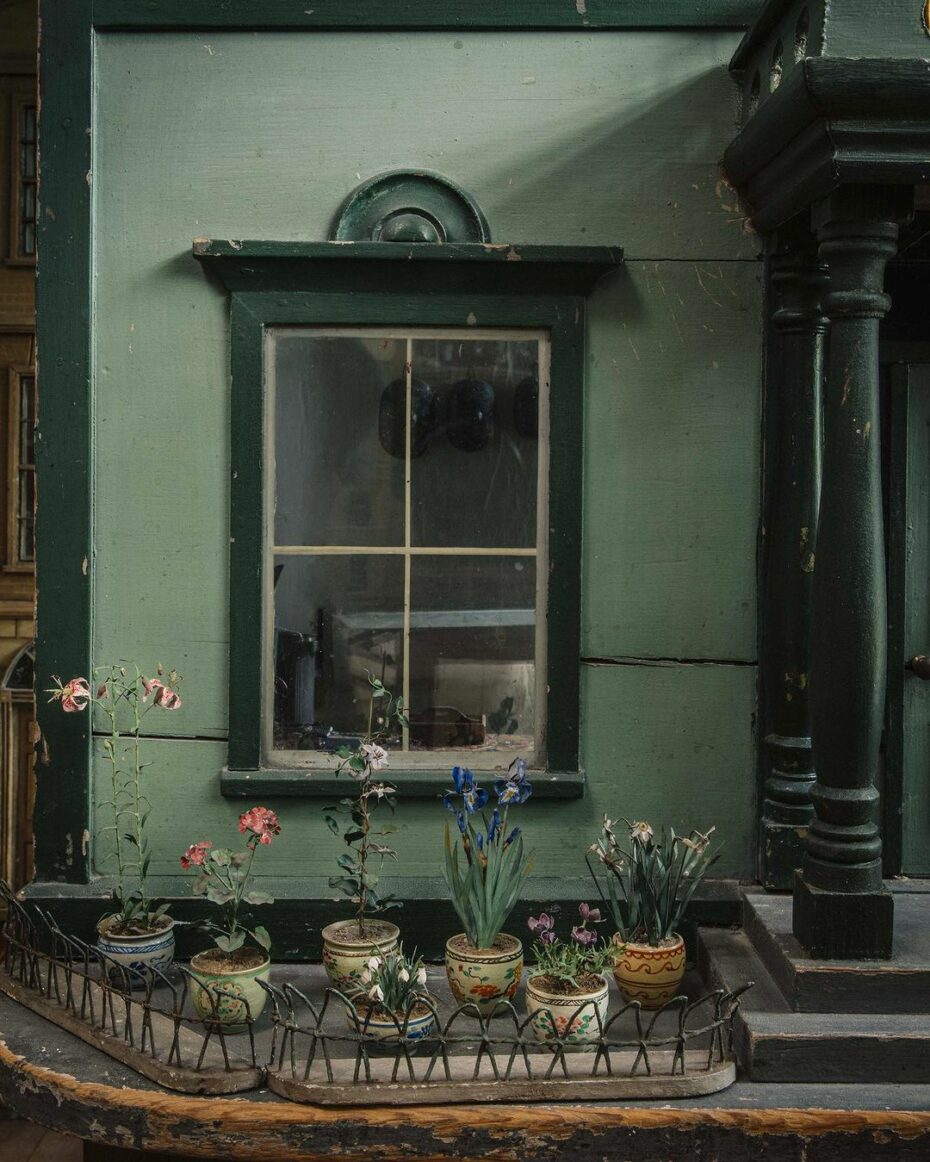
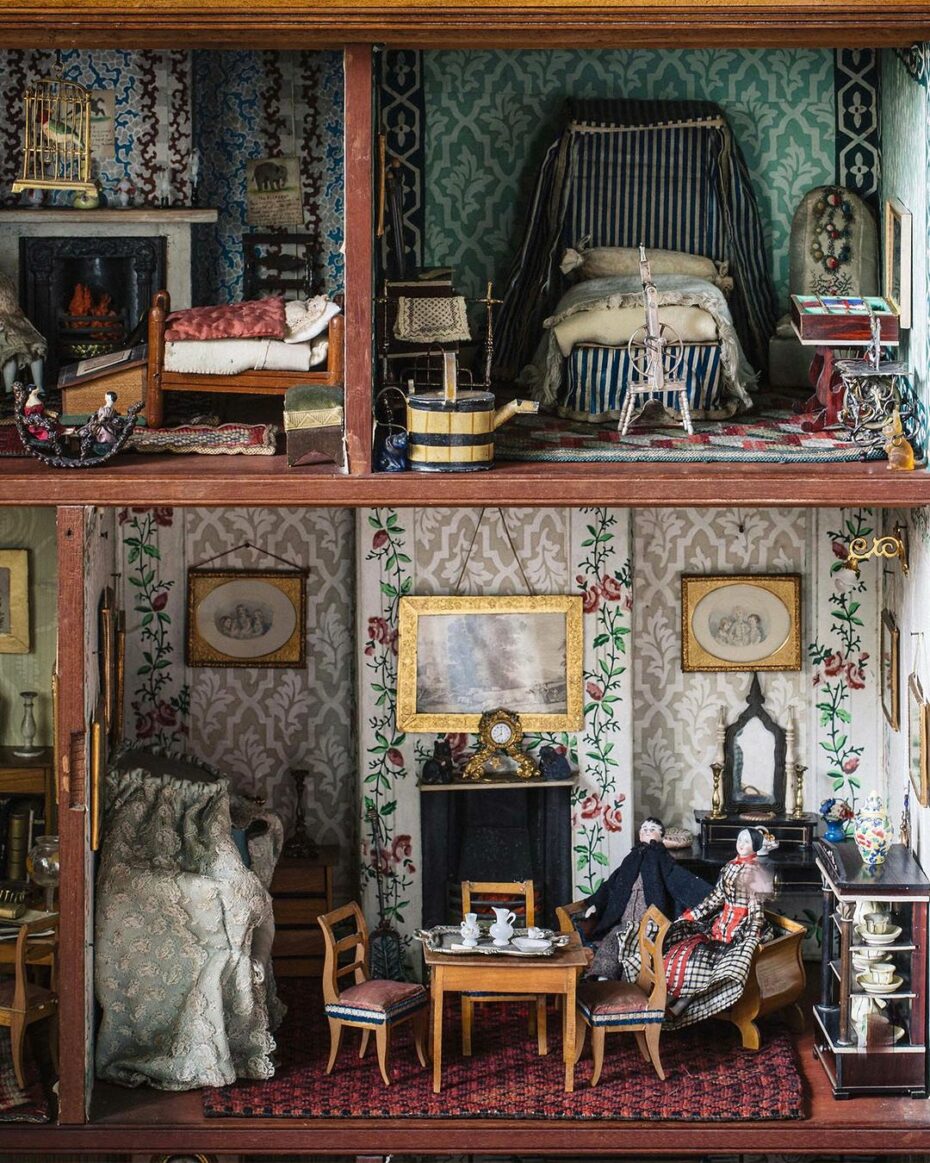
It is rare to find an 18th-century house that has not been modernized and over-restored. In a small village in the West of England, there are three, all with period features and Georgian paintwork. Unfortunately, these covetable homes are uninhabitable for anyone more than six inches high. All three are dolls’ houses, part of a vast assemblage gathered by doll’s house doyenne, Liza Antrim. Liza’s collection is the best and largest in private hands, while her restoration skills have solved mysteries and uncovered secrets.
Found on Cabana Magazine.
5. These AI-generated bedrooms
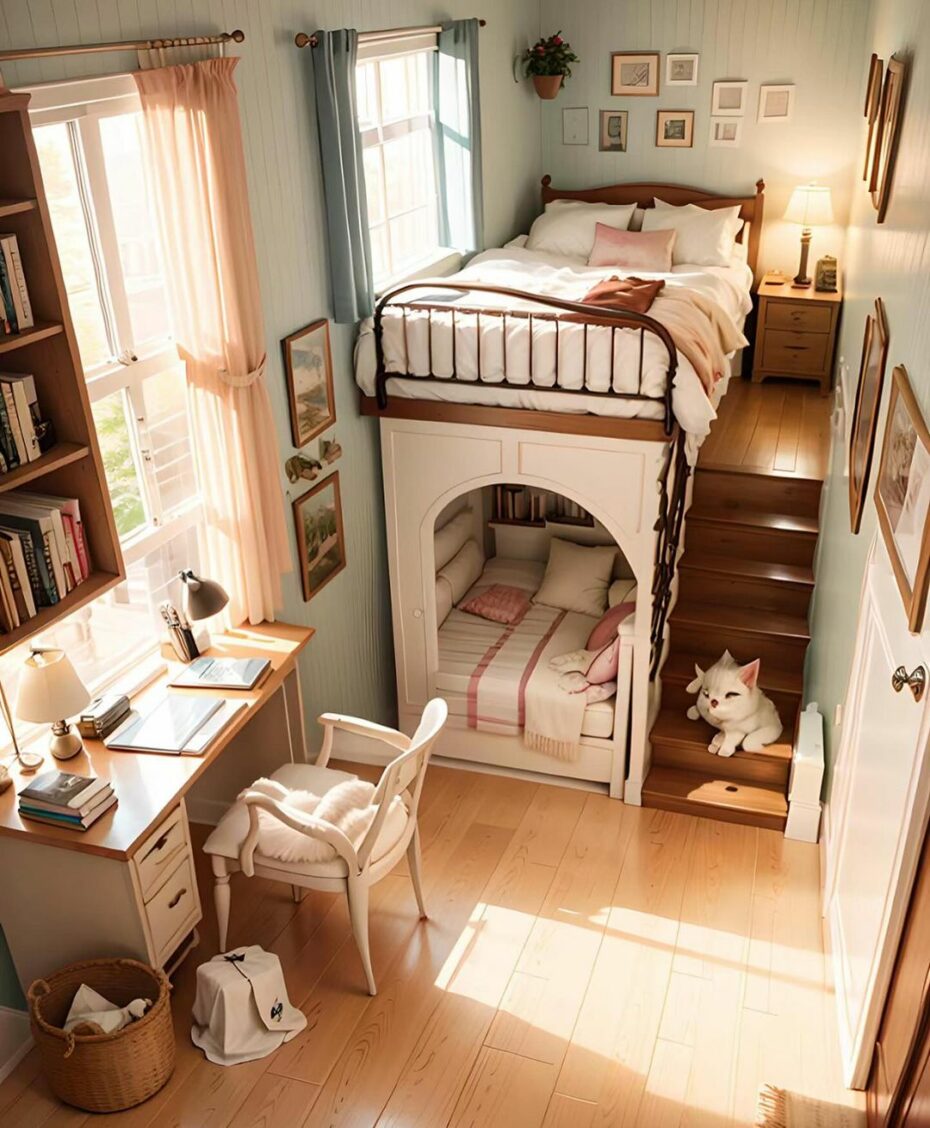



Found on Interiors of Insta.
6. ‘Secret room’ decorated by Michelangelo to open to the public in Italy
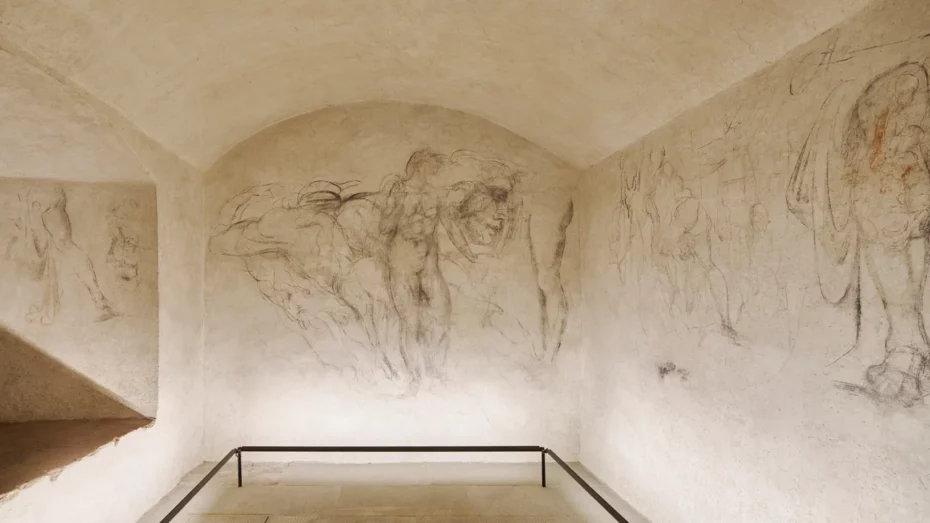
The tiny space sits beneath the Medici Chapels in Florence, where Michelangelo sculpted intricate tombs for members of the Medici family behind the church of San Lorenzo in the Sagrestia Nuova, or New Sacristry.
In 1975, during works to create a new exit for the venue, a restorer carrying out cleaning experiments uncovered multiple drawings of human figures under two layers of plaster in a corridor underneath the sacristy which had been used to store coal.
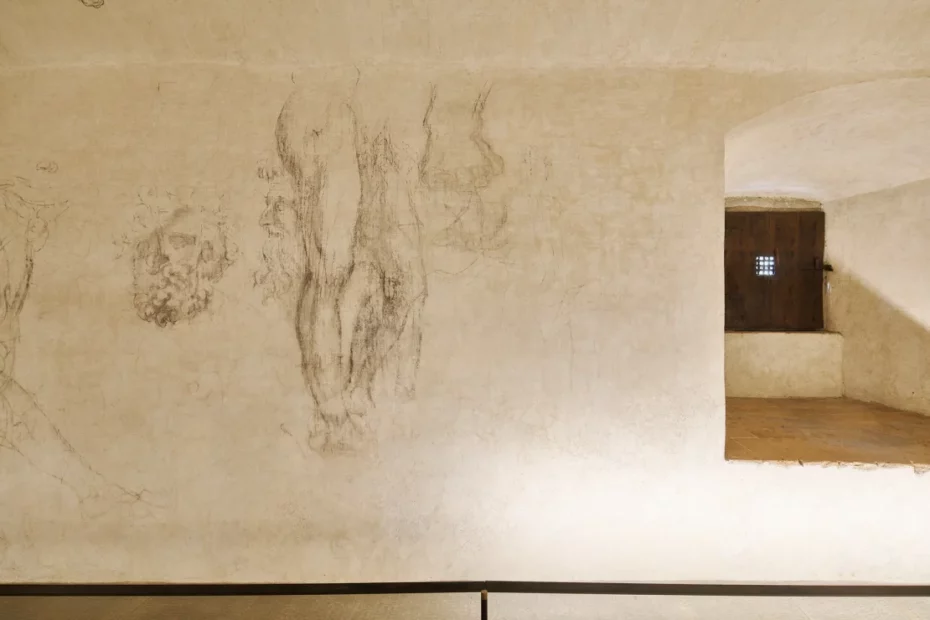
It is believed that the artist hid in the claustrophobic space for several weeks in 1530 when pope Clement VII – a member of the Medici family, who had recently returned to power in Florence, having been kicked out by a republican government for whom Michelangelo had worked – ordered his death. The death sentence was rescinded after two months, and Michelangelo returned to work in Florence, before moving to Rome four years later.
Full article found on CNN.
7. A new restaurant inside the fabled Casino de Paris – a historic music hall
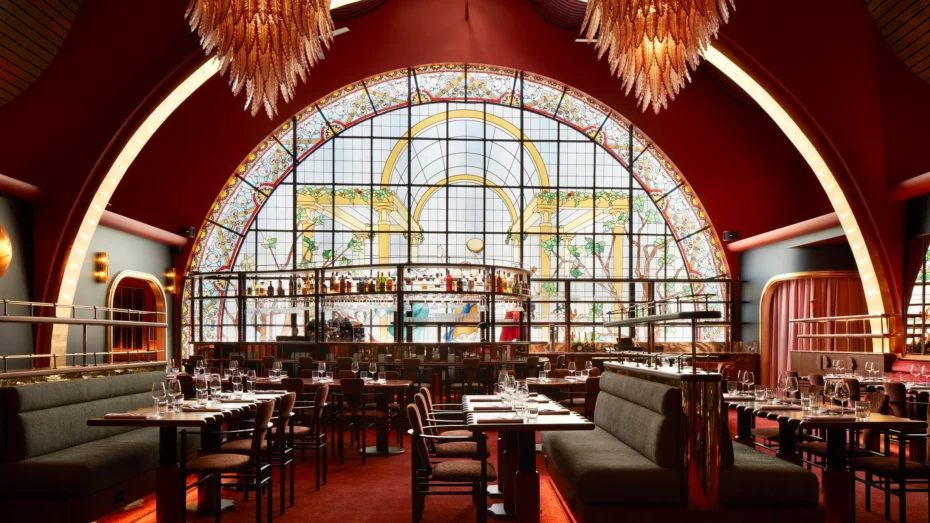
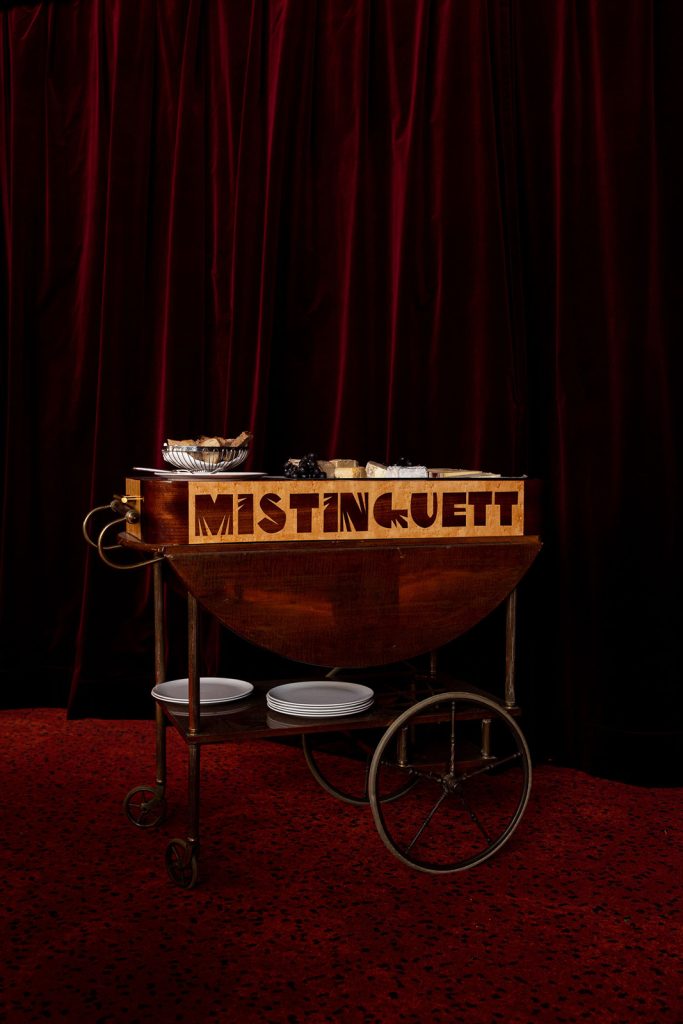
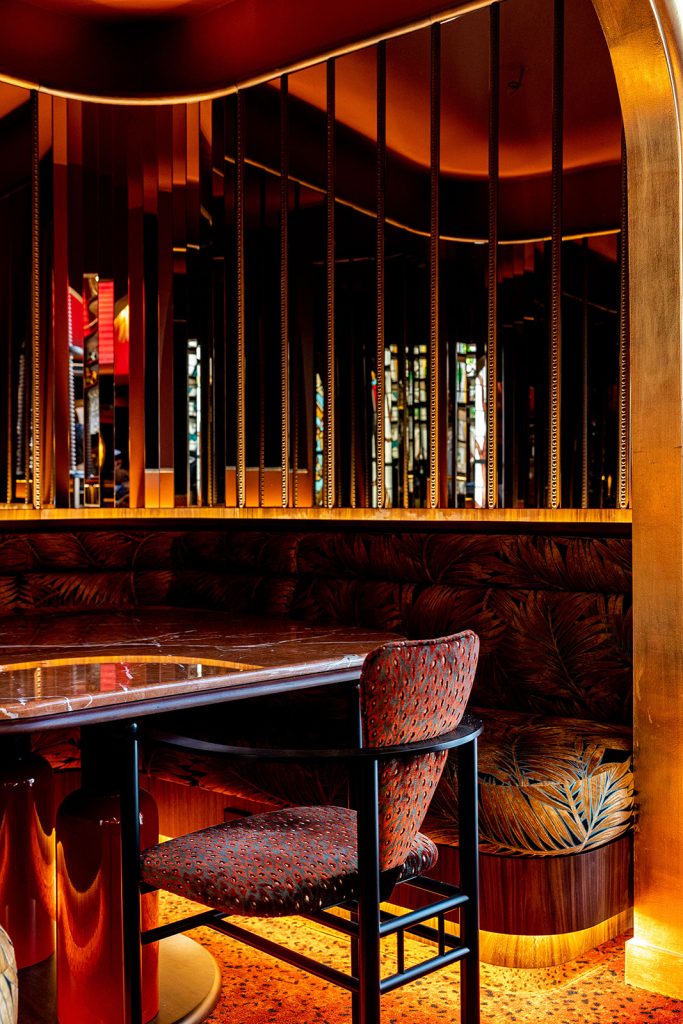
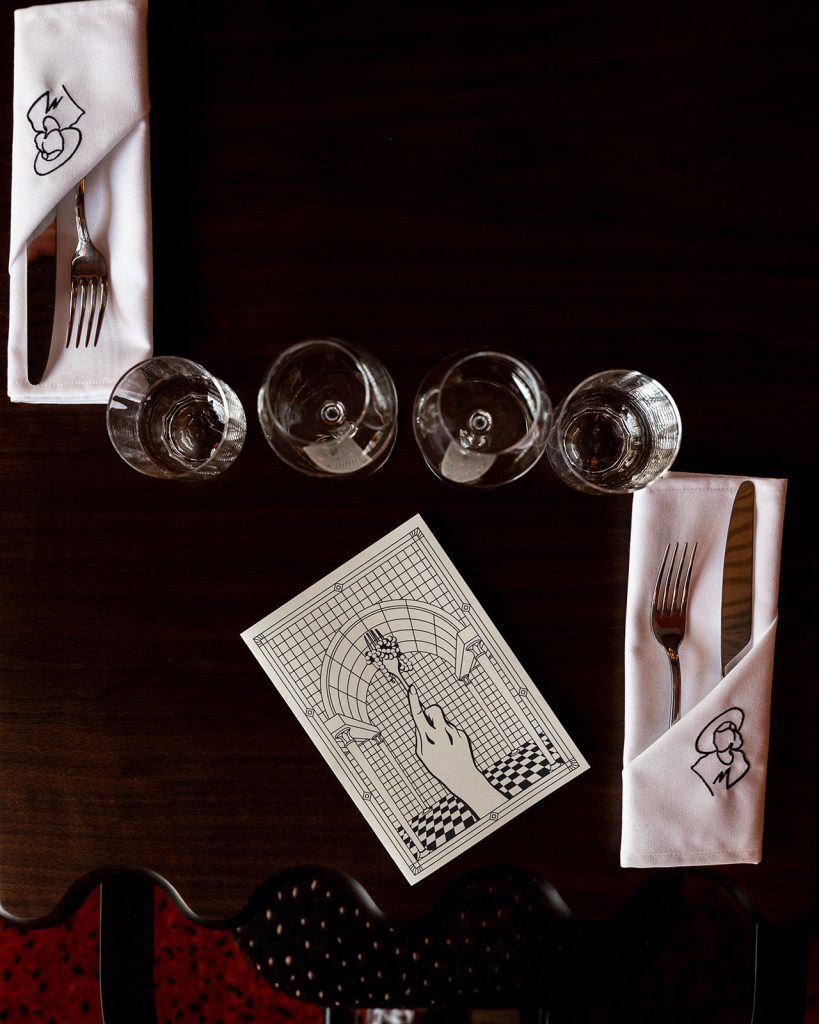
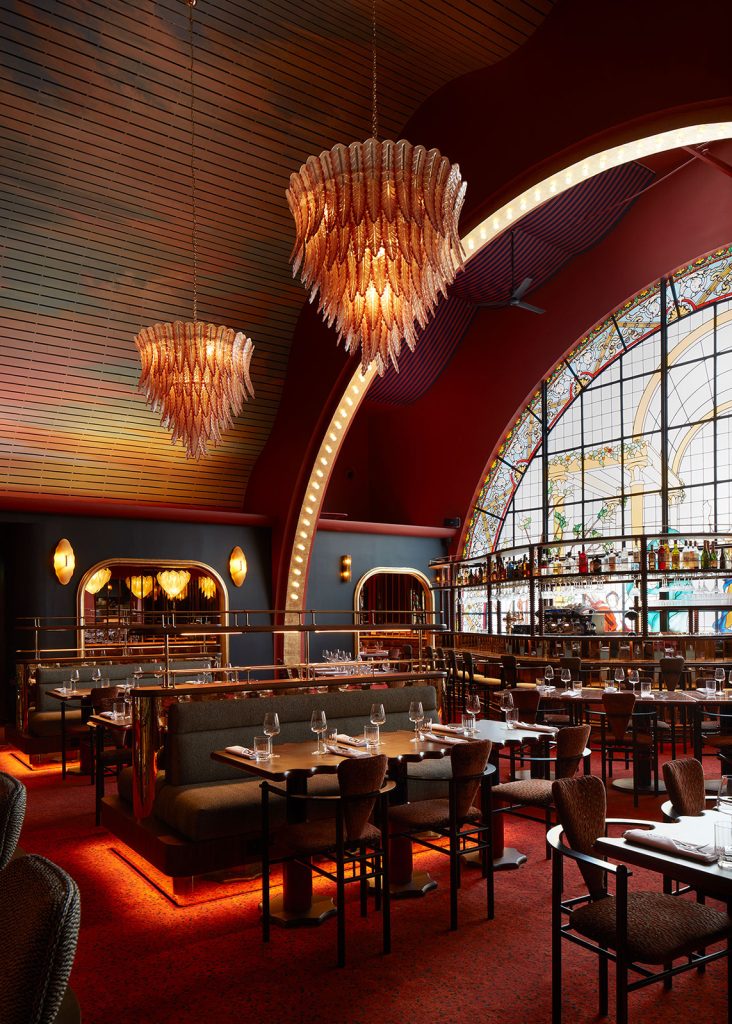
Channelling the theatricality of Paris’ music halls in a homage to the restaurant’s chorus girl namesake.
Found on The Spaces.
8. The French Train d’Artouste is Europe’s highest narrow-gauge train

Rattling 2,000m high through the French Pyrenees, the railway passes through one of France’s wildest, most pristine landscapes … During the train ride, the scenery unfolds to include pops of wild pink rhododendrons blooming in the green valley, mountain pine trees that grow at unexpected angles from the side of the cliff, cascading waterfalls and chubby marmots that take no notice of us. The open-air experience amplifies the clicks and clacks of the train as it travels over the tracks, akin to a loud metronome keeping the beat throughout the journey.
It may be a sightseeing attraction now, but the Train d’Artouste was originally built to shuttle labourers and equipment, not tourists.
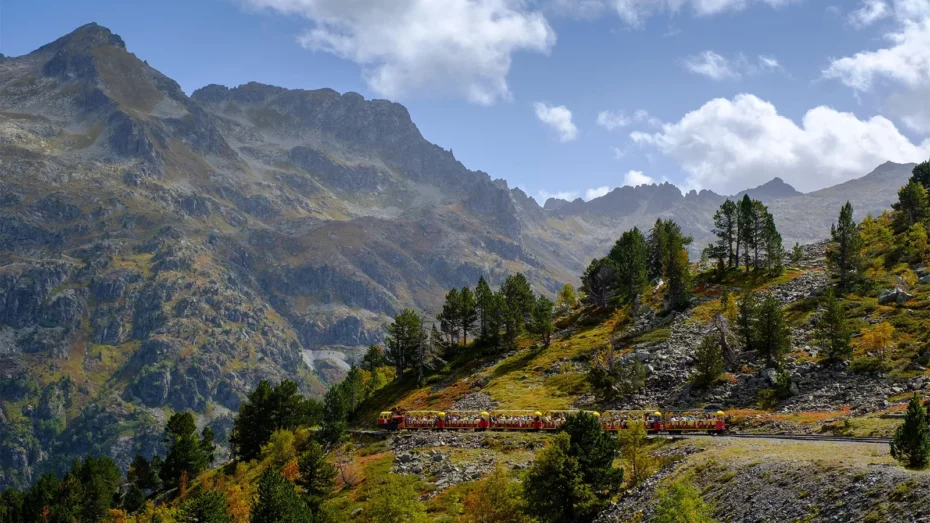
Every summer … the Train d’Artouste provides a unique vantage point for a remarkable pastoral tradition that dates back to the Middle Ages. At the beginning of July, herders move their sheep, cows, horses and goats up to higher mountain pastures where the animals graze on fresh grass and mountain wildflowers all summer before moving back to the low-lying farms in the fall – a practice known as transhumance (which you can actually join as a vacation).
Full article found on BBC Travel.
9. The amazing, infuriating history of the electric car (which have been around since Victorian times)
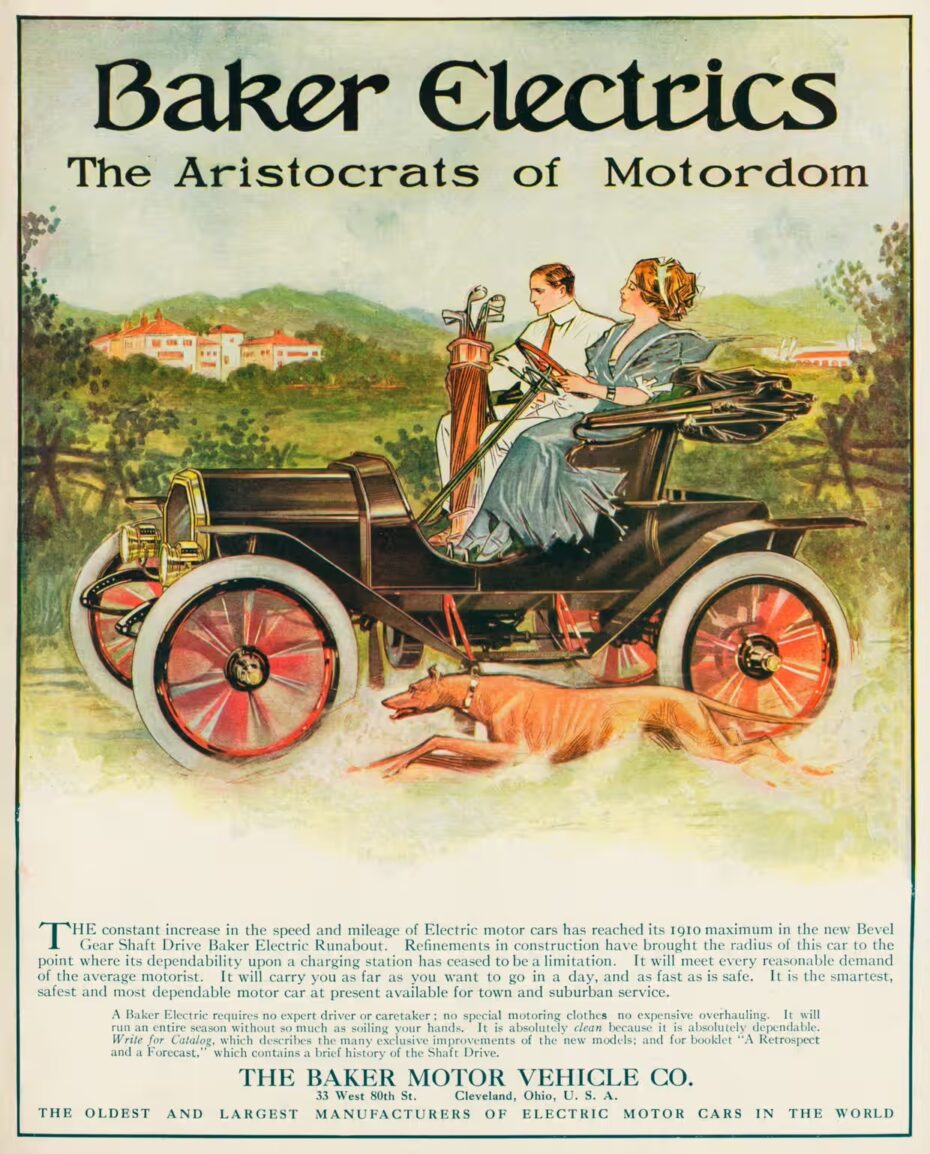
The history of the electric car is surprisingly enraging. If you imagine early electric vehicles at all (full disclosure: I didn’t until recently), it will probably be as the quixotic and possibly dangerous dream of a few eccentrics, maybe in the 1920s or 1930s, when domestic electrification became widespread. It’s easy to imagine some stiff-collared proto-Musk getting bored of hunting and affairs, eyeing his newly installed electric lights speculatively, then wreaking untold havoc and mass electrocutions.
The reality is entirely different. By 1900, a third of all cars on the road in the US were electric; we’re looking at the history of a cruelly missed opportunity, and it started astonishingly early.
Read the full article on The Guardian.
10. Zenith Flash-Matic, the first wireless TV remote

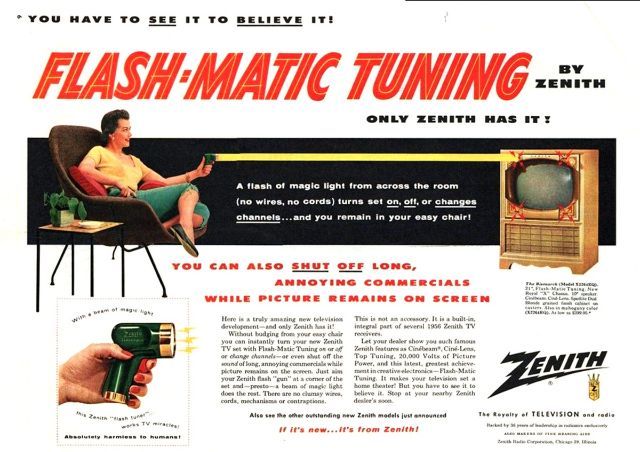

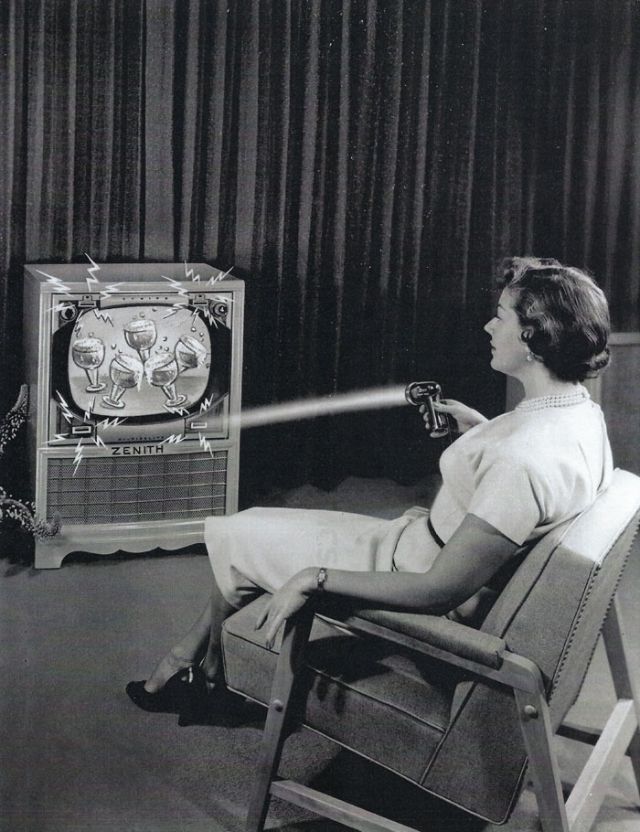
Found on Vintage Everyday.
11. Why We Love Degraded Media
12. In case you needed some inspiration to dress up
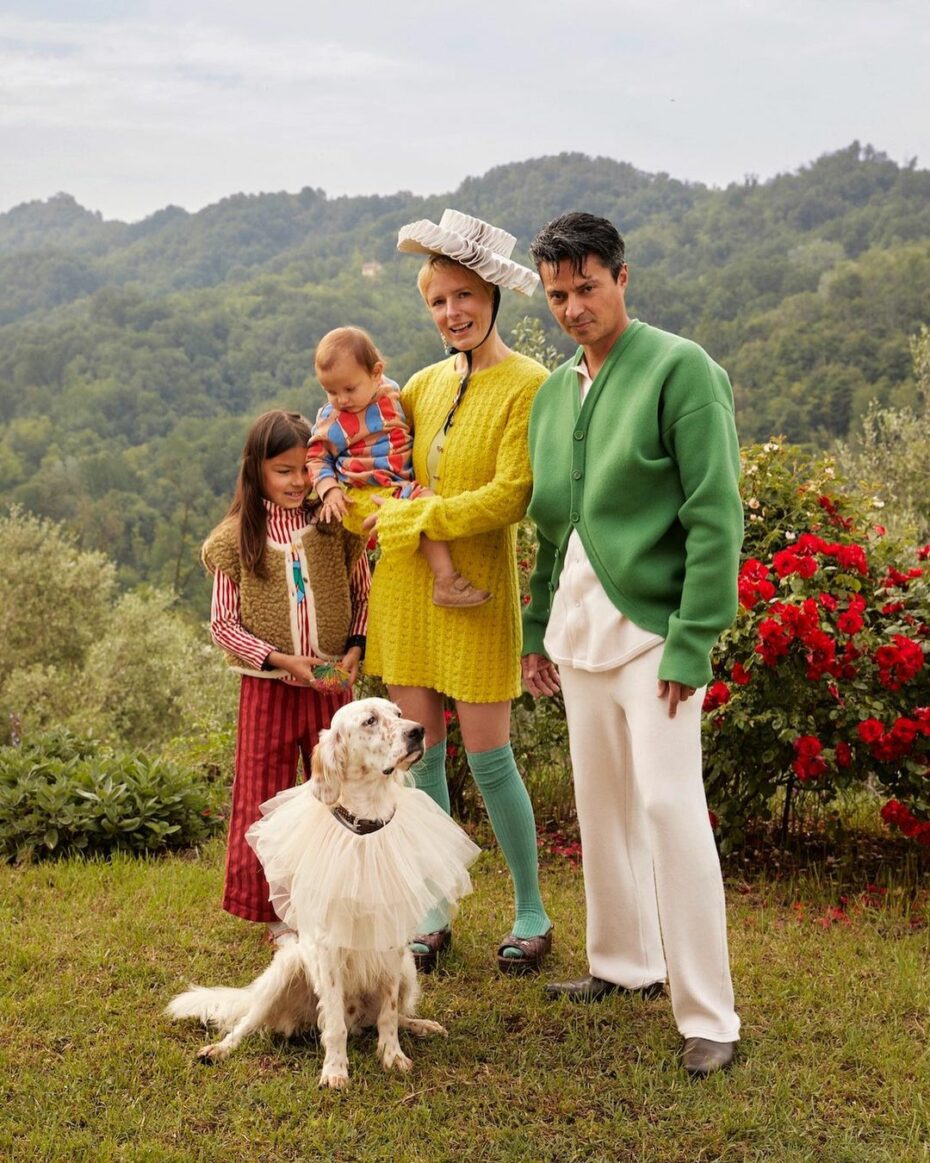
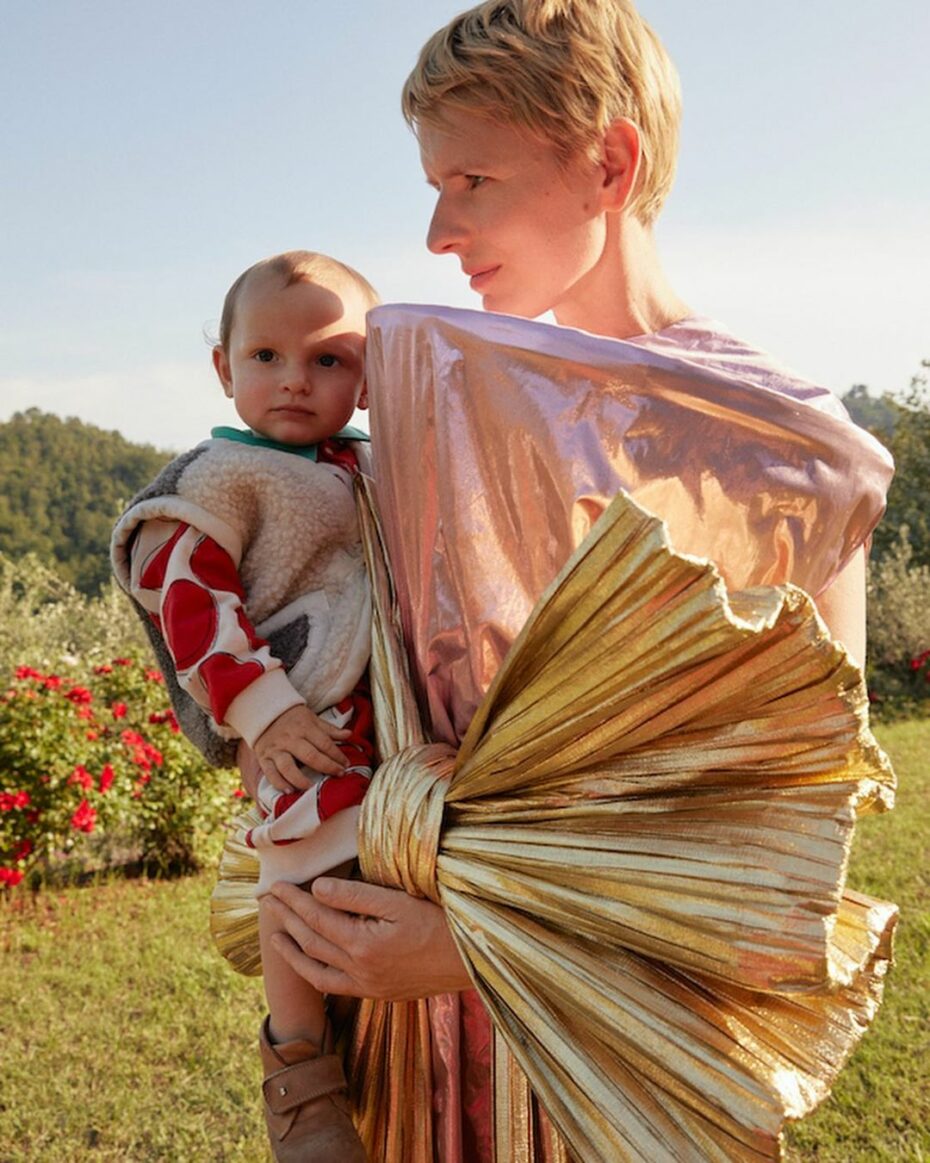
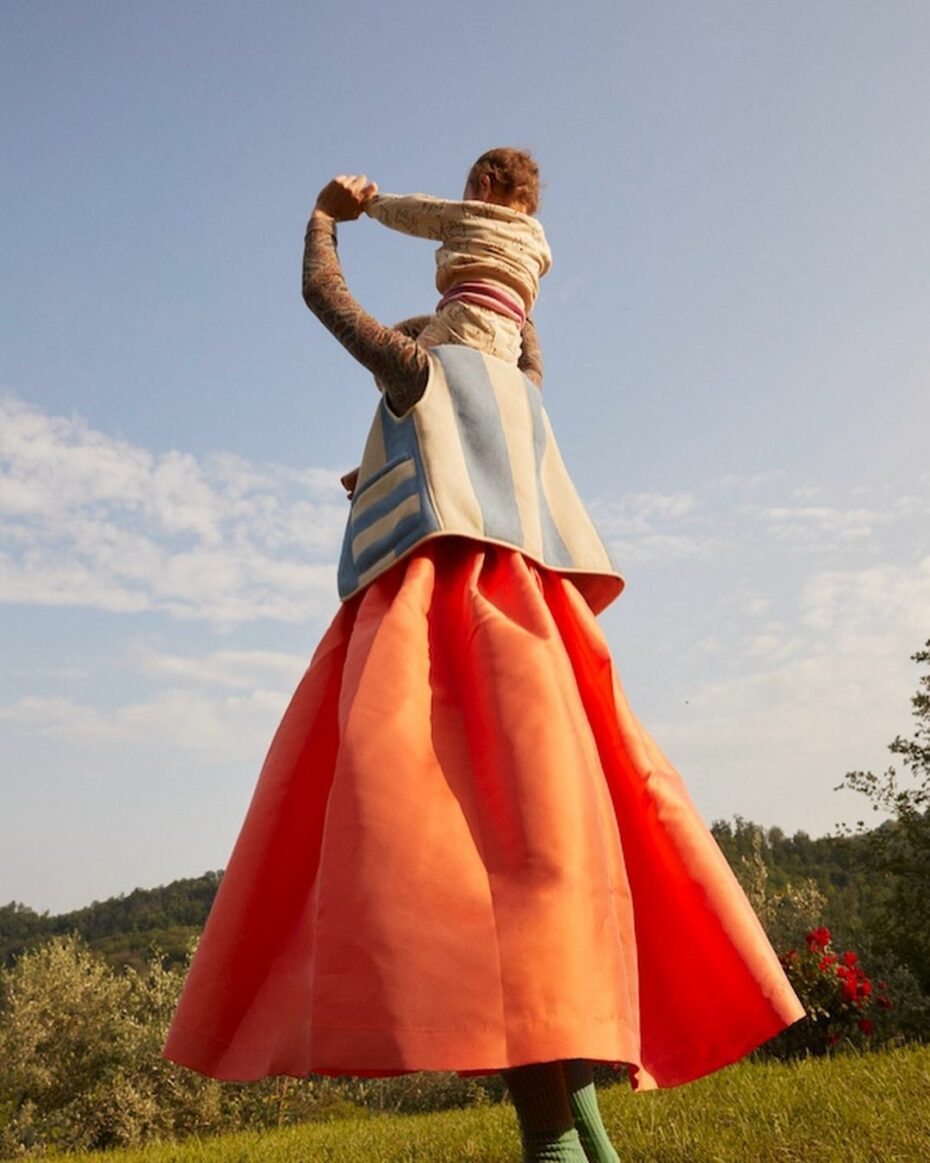


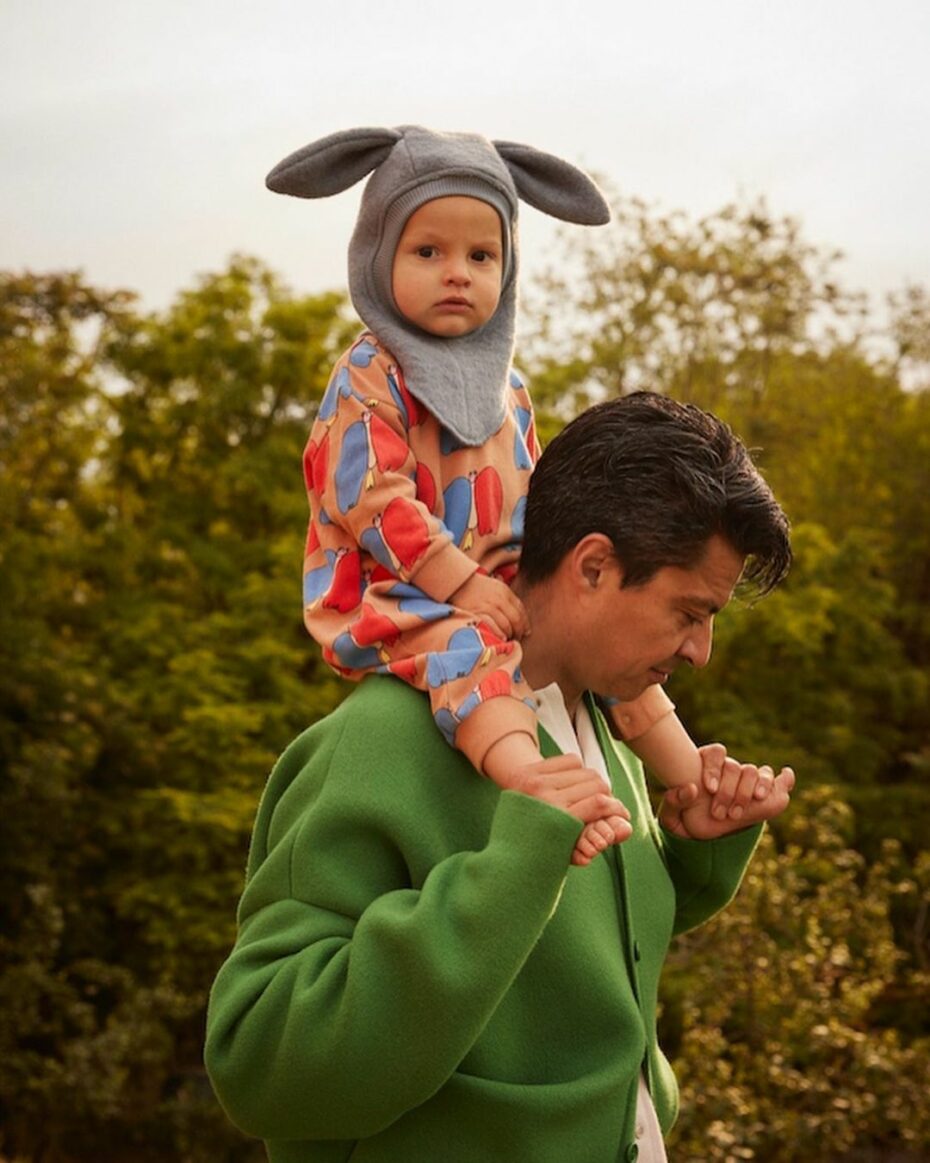
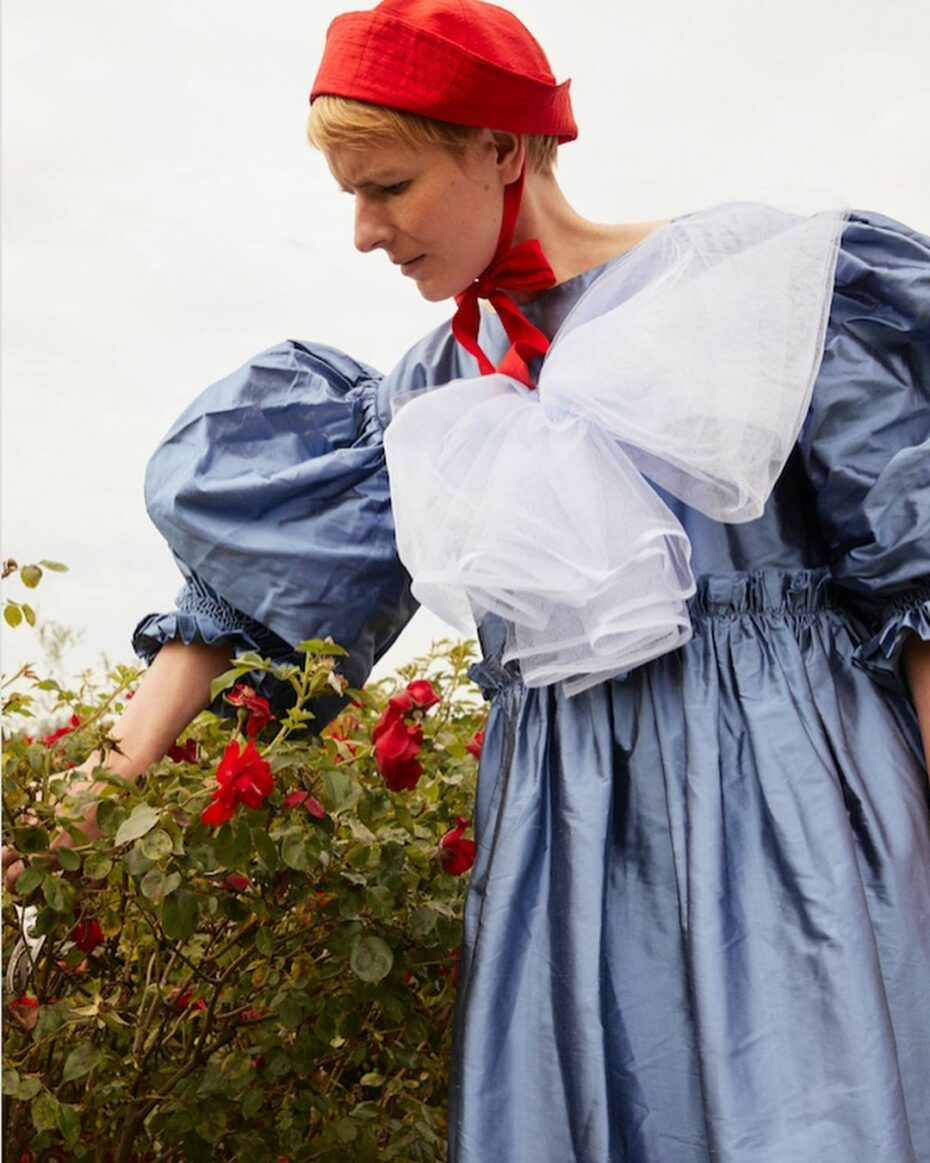
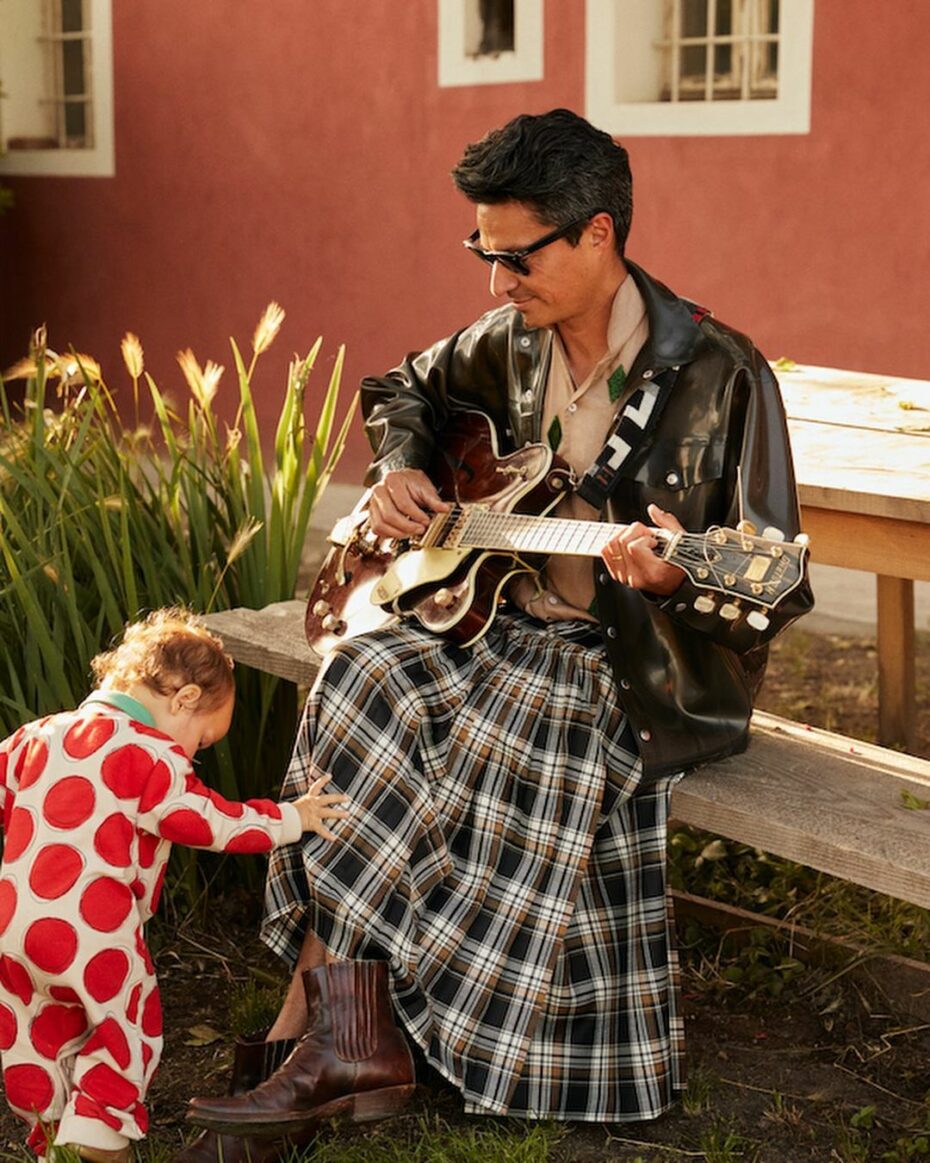
This family of artists living in Turin, photos by Jette Stolte, profiled by Milk Magazine.




